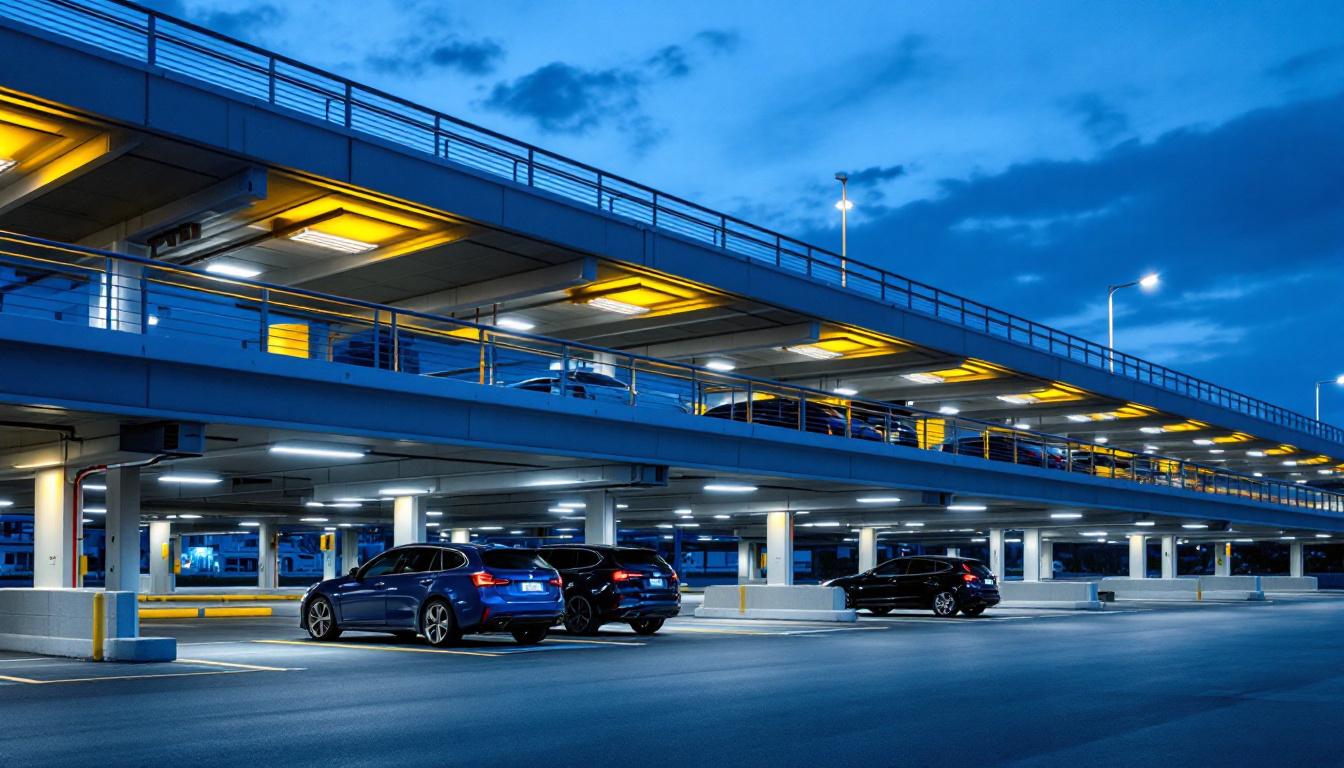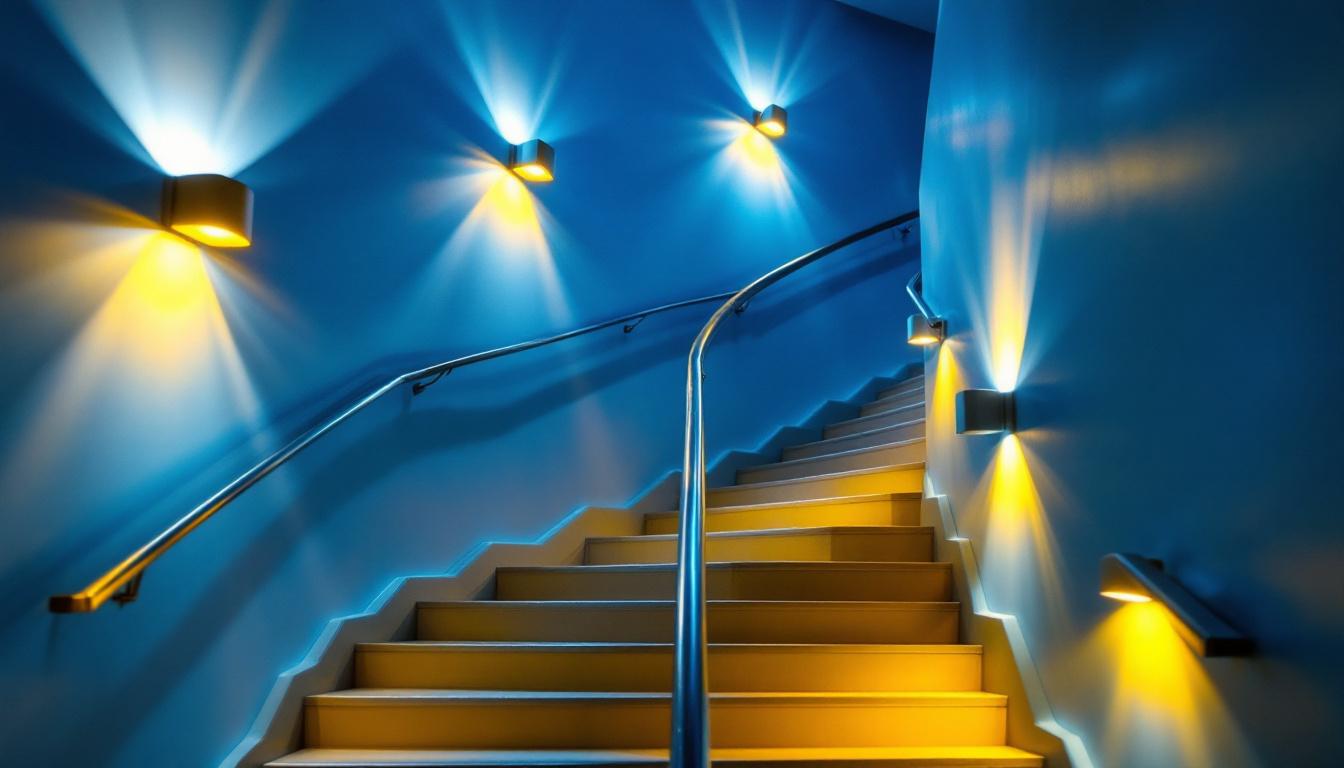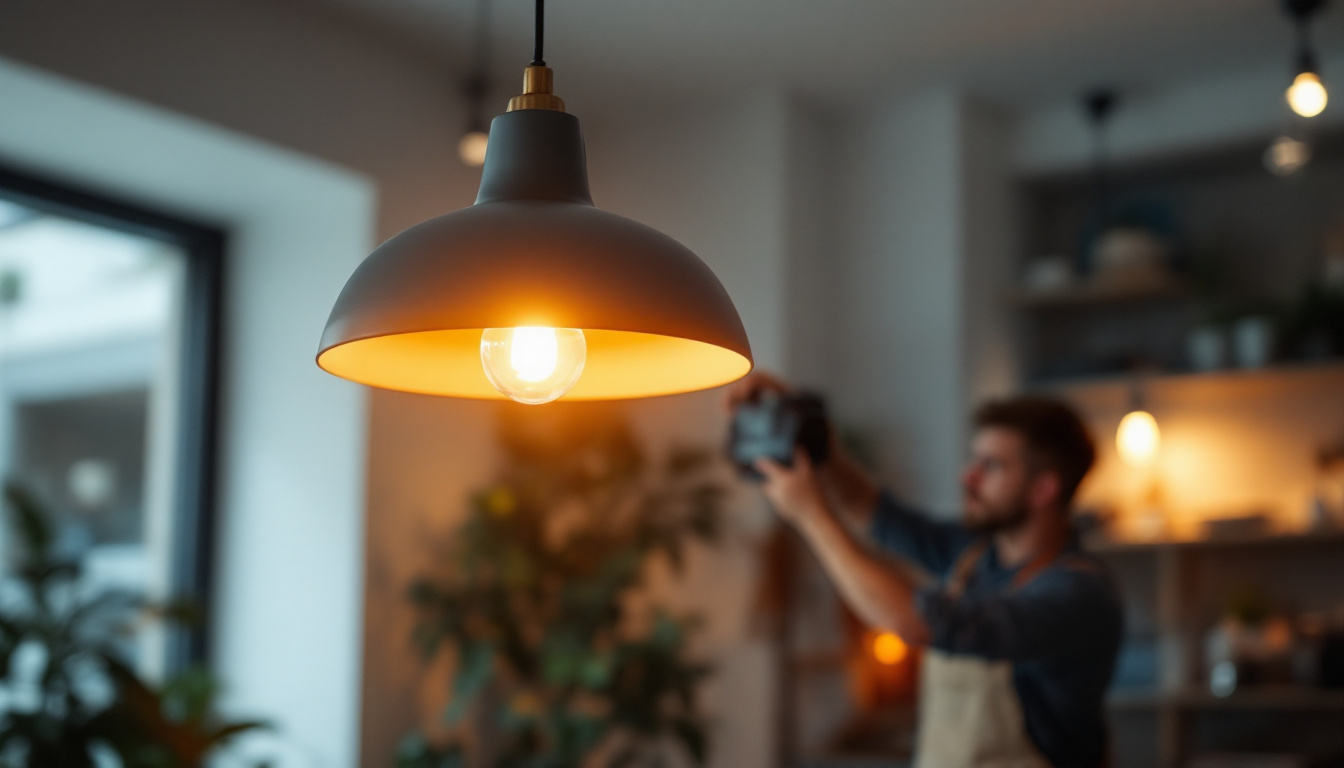
Lighting plays a crucial role in the functionality and safety of parking structures. For lighting contractors, understanding the best practices for parking structure lighting is essential to ensure that installations meet safety standards, enhance user experience, and provide energy efficiency. This article delves into the best practices that lighting contractors should follow to optimize lighting in parking structures.
Effective lighting in parking structures is not just about visibility; it is about creating a safe and welcoming environment for users. Poorly lit areas can lead to accidents, theft, and other security concerns. Conversely, well-designed lighting enhances visibility, deters crime, and improves overall user satisfaction.
Moreover, the right lighting can significantly reduce energy consumption. With advancements in LED technology and smart lighting solutions, contractors can offer clients sustainable options that lower operational costs while maintaining safety and aesthetics. The integration of solar-powered lighting systems is also gaining traction, allowing for reduced reliance on grid power and promoting eco-friendliness.
Safety is the foremost priority in any parking structure. Lighting should be uniform and adequately distributed to eliminate dark spots that could pose risks to pedestrians and vehicles. Contractors must assess the layout of the parking structure and identify areas that require additional illumination, such as entrances, exits, stairwells, and payment kiosks. The use of high-contrast lighting can also enhance visibility, making it easier for drivers and pedestrians to navigate the space safely.
Incorporating motion sensors and timers can also enhance security. These systems can adjust lighting levels based on occupancy, ensuring that areas are well-lit when needed while conserving energy during off-peak hours. Additionally, the implementation of surveillance cameras in tandem with effective lighting can create a comprehensive security solution, as well-lit areas are less likely to be targeted by criminals.
Beyond safety, lighting plays a significant role in the overall user experience. A well-lit parking structure feels more inviting and comfortable, encouraging repeat visits. Contractors should consider using color temperature to create a pleasant atmosphere. Warmer light can make spaces feel more welcoming, while cooler light can enhance visibility. Furthermore, the strategic placement of lighting fixtures can highlight architectural features of the structure, adding to its aesthetic appeal and making it a landmark in the area.
Signage and wayfinding are also critical components. Properly illuminated signs help users navigate the parking structure with ease, reducing confusion and frustration. Lighting contractors should collaborate with designers to ensure that all signage is adequately lit and positioned for maximum visibility. Incorporating dynamic lighting elements, such as illuminated pathways or color-coded zones, can further assist users in finding their vehicles quickly and efficiently, thereby enhancing the overall experience in the parking facility.
Designing an effective lighting system for parking structures involves careful planning and consideration of various factors. From selecting the right fixtures to determining placement, every detail matters in achieving optimal results.
Contractors should start by conducting a thorough assessment of the parking structure. This includes understanding the layout, the expected traffic patterns, and the specific needs of the facility. By gathering this information, contractors can develop a tailored lighting design that meets both safety and aesthetic requirements. Additionally, it is beneficial to consider the potential for future expansion or changes in use, as this foresight can lead to a more adaptable and sustainable lighting solution.
The choice of lighting fixtures is critical in achieving the desired outcome. LED fixtures are increasingly popular due to their energy efficiency, longevity, and low maintenance requirements. They provide bright, consistent illumination and can be easily integrated with smart lighting controls. Furthermore, the use of motion sensors can enhance energy savings by ensuring that lights are only activated when necessary, which is particularly advantageous in less frequented areas of the parking structure.
Contractors should also consider the IP rating of fixtures, especially in open-air structures where exposure to the elements is a concern. Selecting fixtures with appropriate weatherproof ratings ensures durability and reliability over time. In addition to weatherproofing, the aesthetic design of the fixtures should align with the overall architectural style of the parking facility, as this can enhance the visual appeal and create a more welcoming atmosphere for users.
Illumination levels are typically measured in foot-candles or lux, and it is essential to adhere to industry standards when determining the required lighting levels for different areas of the parking structure. For example, general parking areas may require a minimum of 2-5 foot-candles, while stairwells and entrances may need higher levels for safety. It is also important to consider the varying needs of different users, such as pedestrians, cyclists, and drivers, ensuring that all areas are adequately illuminated to promote safety and comfort.
Uniformity is also a critical aspect of lighting design. A uniform lighting distribution helps minimize shadows and dark spots, contributing to a safer environment. Contractors should aim for a uniformity ratio of 4:1 or better to ensure consistent illumination throughout the space. Additionally, incorporating features such as reflective surfaces or light-colored walls can enhance light distribution, further improving visibility and reducing the need for excessive fixtures. This thoughtful approach not only enhances safety but can also lead to cost savings in energy consumption and maintenance over time.
As the world becomes increasingly focused on sustainability, lighting contractors must prioritize energy efficiency in their designs. Implementing energy-efficient solutions not only benefits the environment but can also lead to significant cost savings for clients. By reducing energy consumption, businesses can lower their utility bills, which can be particularly beneficial in commercial settings where lighting can account for a substantial portion of energy costs. Furthermore, energy-efficient designs can enhance the overall value of a property, making it more attractive to potential buyers or tenants who are increasingly looking for sustainable features.
LED lighting is a key component of energy-efficient designs. These fixtures consume significantly less energy than traditional incandescent or fluorescent bulbs and have a much longer lifespan, reducing the frequency of replacements and maintenance costs. Additionally, the lower heat output of LED lights contributes to a cooler environment, which can further reduce air conditioning costs in warmer climates. The versatility of LED technology also allows for a wider range of applications, from residential to commercial and industrial settings, making it an ideal choice for a variety of projects.
Smart lighting systems offer advanced features that can enhance energy efficiency. These systems can include sensors that adjust lighting based on occupancy or ambient light levels, ensuring that energy is only used when necessary. For instance, in office environments, lights can automatically dim or turn off when rooms are unoccupied, significantly reducing energy waste. Additionally, smart controls can allow for remote management and monitoring, providing contractors and facility managers with valuable insights into energy usage patterns. This data can be instrumental in identifying areas for further improvement and optimizing energy consumption over time.
Integrating smart technology can also improve the user experience. Features such as dimming capabilities and customizable lighting scenes can create a more pleasant atmosphere while still prioritizing safety. For example, in a retail space, lighting can be adjusted to highlight specific products or create an inviting ambiance for customers. Moreover, with the rise of smart home technology, homeowners are increasingly seeking integrated solutions that allow them to control their lighting through mobile apps or voice commands, further enhancing convenience and engagement with their living spaces.
Lighting contractors must stay informed about local codes and standards related to parking structure lighting. Compliance with these regulations is essential to ensure safety and avoid potential legal issues. Various organizations, such as the Illuminating Engineering Society (IES), provide guidelines that outline recommended lighting levels and design practices. Adhering to these standards not only ensures safety but also promotes a consistent quality of lighting that can enhance visibility and security in public spaces.
Contractors should also be aware of energy codes that promote sustainability. Many jurisdictions have adopted stringent energy efficiency standards that impact lighting design. For instance, some areas have implemented requirements for daylighting, which encourages the use of natural light to reduce reliance on artificial lighting. Staying updated on these regulations allows contractors to provide compliant and efficient solutions to clients, while also positioning themselves as knowledgeable professionals in the field. Additionally, being proactive about compliance can foster trust and credibility with clients, as they can be assured that their projects will meet all necessary legal and safety standards.
Proper maintenance is vital to ensure the longevity and performance of lighting systems in parking structures. Regular inspections and maintenance can prevent issues before they become significant problems, ensuring that lighting remains effective and reliable.
Contractors should recommend a maintenance schedule that includes cleaning fixtures, checking for burned-out bulbs, and ensuring that sensors and controls are functioning correctly. This proactive approach can help extend the lifespan of the lighting system and maintain a safe environment for users.
Educating facility managers about the lighting system is crucial for ongoing maintenance. Contractors should provide training sessions that cover the operation of smart controls, troubleshooting common issues, and understanding the importance of regular maintenance. This knowledge empowers facility managers to take an active role in maintaining the lighting system and addressing any concerns promptly.
Additionally, providing detailed documentation and support resources can help facility managers navigate the complexities of the lighting system, ensuring that they can effectively manage and maintain it over time.
For older parking structures, upgrading the lighting system can lead to significant improvements in safety, energy efficiency, and user satisfaction. Contractors should assess existing systems and identify opportunities for upgrades, such as replacing outdated fixtures with modern LED options or integrating smart controls.
Upgrading lighting not only enhances the immediate environment but can also increase property value and attract more users. Contractors should present clients with a clear cost-benefit analysis to demonstrate the advantages of investing in upgraded lighting solutions.
Parking structure lighting is a critical aspect of creating safe, efficient, and user-friendly environments. For lighting contractors, adhering to best practices in design, installation, and maintenance is essential to delivering high-quality solutions that meet the needs of clients and users alike.
By prioritizing safety, energy efficiency, and compliance with regulations, contractors can enhance the overall experience in parking structures while contributing to sustainability efforts. As technology continues to evolve, staying informed about the latest advancements in lighting solutions will empower contractors to provide innovative and effective designs that stand the test of time.
Ready to elevate your parking structure lighting projects with the best in class solutions? Look no further than LumenWholesale, where we provide contractors with the highest quality, spec-grade lighting products at unbeatable wholesale prices. Say goodbye to local distributor markups and hello to superior lighting products that meet the highest industry standards. Plus, with free shipping on bulk orders, you can ensure your projects shine with premium lighting at the best value — all without hidden fees or compromises. Enhance safety, efficiency, and user satisfaction in your next project. Wholesale Lighting at the Best Value is just a click away.

Explore the essential differences between T5 and T8 fluorescent lights in this comprehensive guide tailored for lighting contractors.

Discover the critical role of stairwell lighting in enhancing safety and aesthetics.

Discover how solar up lighting is revolutionizing the lighting industry, offering sustainable solutions that enhance efficiency and creativity for contractors.

Discover how LED pendant lamps are transforming the lighting industry and becoming an essential tool for contractors.